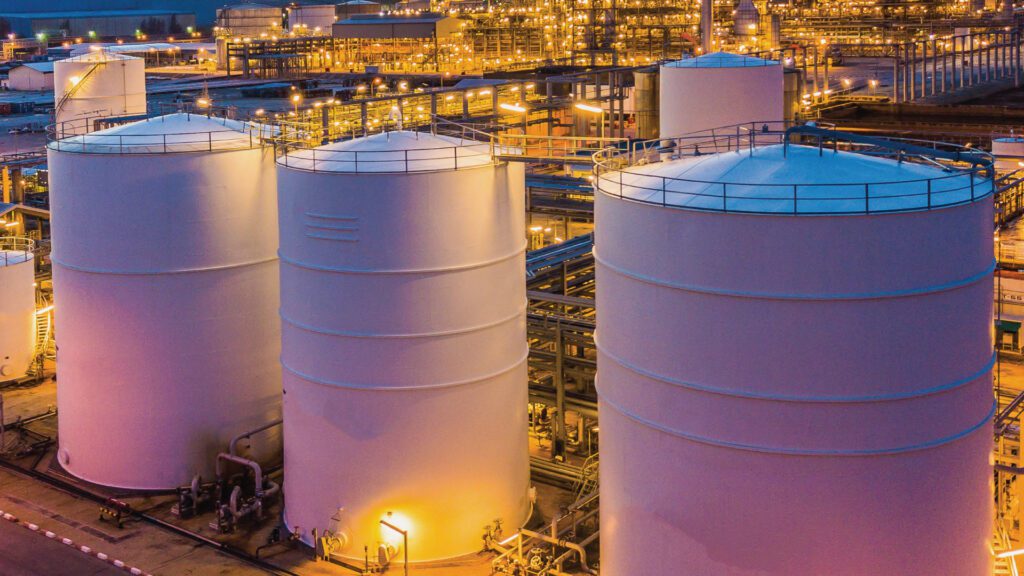AS1940 The Storage and Handling of Flammable and Combustible Liquids
AS1940 is an Australian Standard developed to provide guidance for the safe design and operation of facilities that store and handle flammable and combustible liquids both in packages or in bulk tanks.
The current, sixth edition, was published in 2017.
What is a flammable or combustible liquid?
Flammable liquids are generally considered to be liquids with a closed cup flash point of not more than 60°C. The flash point is the temperature at which sufficient vapour is generated to form a flammable gas mixture that will ignite in the presence of an ignition source. The flash point is typically on the Safety Data Sheet, (SDS), available from the chemical supplier.
There are some notable exceptions to this rule:
- Liquids stored at elevated temperatures above their flash point are also considered flammable liquids. Examples include refinery operations, bitumen and heating oils.
- Potable spirits with an alcohol strength less than 24% alcohol (ethanol) by volume (v/v) are not considered flammable liquids.
- Liquids with a flash point of more than 35°C which do not sustain combustion are not considered flammable liquids.
Flammable liquids are also classified as Class 3 dangerous goods under Australian Code for the Transport of Dangerous Goods by Road & Rail. This code provides a comprehensive listing of dangerous goods chemicals including an internationally recognised UN number for that chemical and firefighting recommendations.
Combustible liquids are those with a flash point greater than 60°C and a fire point less than its boiling point.
Australia has also adopted the Globally Harmonized System of Classification and Labelling of Chemicals (GHS). AS1940 has been generally aligned with the GHS, however there is a notable conflict that creates confusion. Combustible class C1 liquids under AS1940 (such as Diesel fuel) are considered flammable liquids class IV under the GHS.

Why is it needed?
The Federal Work, Health and Safety Act 2011 has been adopted in a number of states throughout Australia. Under the Act designers and persons who manage or operate a workplace have an obligation to eliminate and minimise risks to health and safety, so far as is reasonably practicable.
The WHS Act includes regulations and codes of practice published in each state. An approved code of practice is considered admissible as evidence of whether or not a duty or obligation under this Act has been complied with. AS1940 is specifically referenced under the code of practice “Managing risks of hazardous chemicals in the workplace”.
In those states that still have specific Dangerous Goods regulations compliance with AS1940 is highly respected in regard to minimising risk in the workplace.
TfA are specialists in AS1940 design and compliance projects, and can assist you with all facets of the standard including:
- Facility design or upgrades including:
- Facility layouts
- Flammable and combustible package stores
- Flammable and combustible bulk storage
- Processing and decanting areas
- Bunding
- Ventilation
- Piping systems
- Fire wall structural design
- Fire systems
- Vehicle loading and unloading facilities
- Marine refuelling
- Minor storage
- Hazardous areas
- AS1940 compliance inspections and advice
- Dangerous goods reports
- Regulator improvement notices – advice or scoping upgrades
To discuss your AS1940 Requirements please Contact TFA Today.



